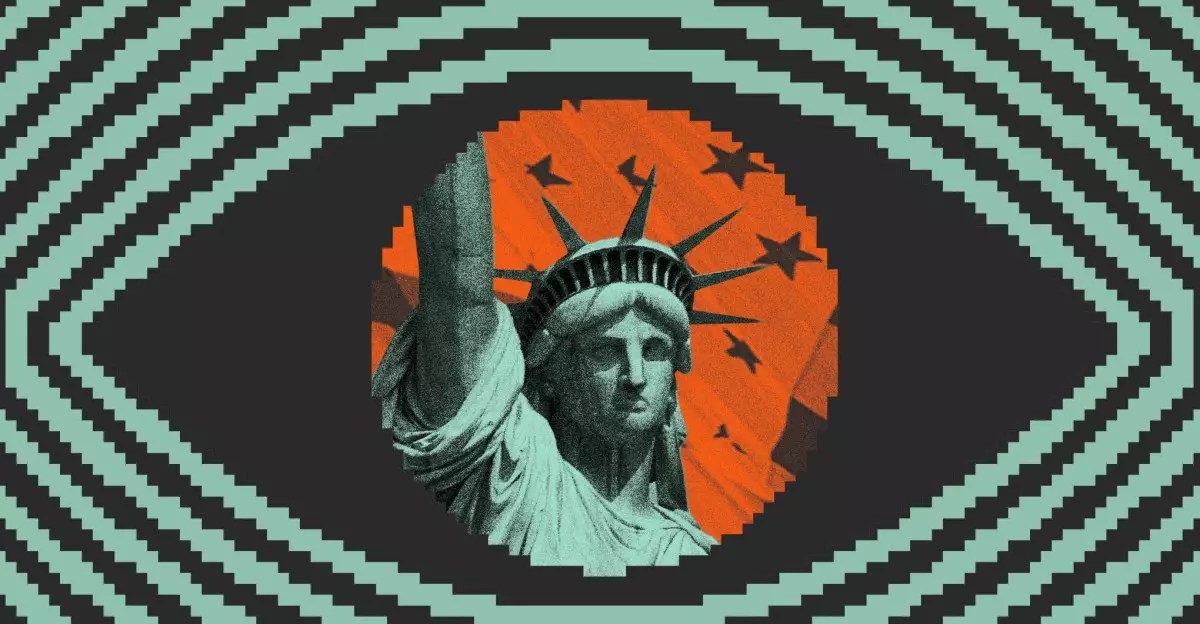In an era where technology increasingly intertwines with daily life, New York City’s latest collaboration with Citizen exemplifies a bold step toward integrating social media, surveillance, and emergency response. This partnership isn’t merely about disseminating alerts—it transforms the city’s approach to safety, leveraging real-time data and user-generated content to craft a dynamic picture of urban security. Yet, while the promise of rapid response and community engagement is enticing, questions about privacy, surveillance, and societal implications loom large.
This initiative signifies a paradigm shift: city agencies can now send hyper-targeted safety alerts based on user locations and directly access publicly posted videos. Such capabilities potentially allow for quicker identification of threats and coordinated responses during crises. However, the mechanization of safety, where algorithms and live footage become central, raises concerns about how much control citizens have over their own data and whether this convenience might come at the cost of civil liberties.
The Dual Edges of Public Video Accessibility
Citizen’s open platform, designed as a community-oriented safety network, offers a space for residents to report incidents, share videos, and stay informed. The integration with law enforcement agencies reveals a promising spirit of collaboration—public videos can be scrutinized swiftly, and alerts can be dispatched instantly, potentially saving lives in emergencies. Yet, granting police access to user-shared videos conducts a delicate balancing act: it blurs the line between community participation and surveillance.
While users have options to opt out of sharing videos directly, the app’s default transparency—public viewability and downloadability—hyper-accelerates the publicity of user content. This openness may inadvertently incentivize sensationalism or unverified reporting, amplifying fear rather than fostering genuine safety. Moreover, the reliance on public videos as evidence or response tools might lead to a normalization of surveillance and monitoring that overshadows fundamental privacy rights.
The Power of Real-Time Alerts and Its Societal Impact
The city’s deployment of real-time alerts tailored to neighborhoods and zip codes exhibits a commendable intent: timely information empowers residents. In a metropolis as vast and complex as New York, localized alerts about weather hazards, crimes, or emergencies can be lifesaving. Still, the potential for overreach or miscommunication is substantial. Misinformation or false alarms can erode trust, while incessant notifications might lead to desensitization or anxiety among residents.
Furthermore, the notion that safety communications are increasingly driven by social media platforms invites a broader debate about the role of such platforms in public governance. Citizen’s platform, while innovative, is a double-edged sword—an effective tool that could, if misused or overpowered, foster an environment of constant surveillance, suspicion, and community tension.
Legal and Ethical Quandaries in a Digital Age
One cannot ignore the legal gray areas surrounding the use of citizen-shared footage. Law enforcement’s ability to access recordings “without delay” during emergencies or with warrants raises essential questions about oversight and accountability. How do we prevent misuse? What safeguards exist to protect innocent residents from false accusations or unwarranted surveillance?
Additionally, Citizen’s controversial past—originating from a vigilante side-project before rebranding—casts a shadow over its current role. Critics argue that such apps, especially when integrated with law enforcement, risk fueling vigilantism, community paranoia, and infringing on privacy rights. The potential for abuse, especially if access to footage becomes routine or unchecked, must be addressed with transparent policies and strict oversight mechanisms.
The partnership between New York City and Citizen underscores a profound transformation in urban safety strategies—one that promises agility, community involvement, and technological sophistication. Yet, it also opens a Pandora’s box of ethical dilemmas, societal risks, and privacy concerns. As a society, we stand at a crossroads: should we embrace these digital tools wholeheartedly, trusting that the benefits outweigh the potential for abuse? Or should we tread carefully, questioning the slower, often unseen costs of such surveillance-driven initiatives?
Ultimately, this is more than a question about safety—it’s a test of our collective values about privacy, freedom, and community trust. If harnessed thoughtfully, Citizen’s platform could indeed serve as a catalyst for safer cities. But without vigilant regulation, transparency, and public discourse, it risks transforming urban life into an ever-watched landscape where safety and privacy are perpetually at odds.


Leave a Reply